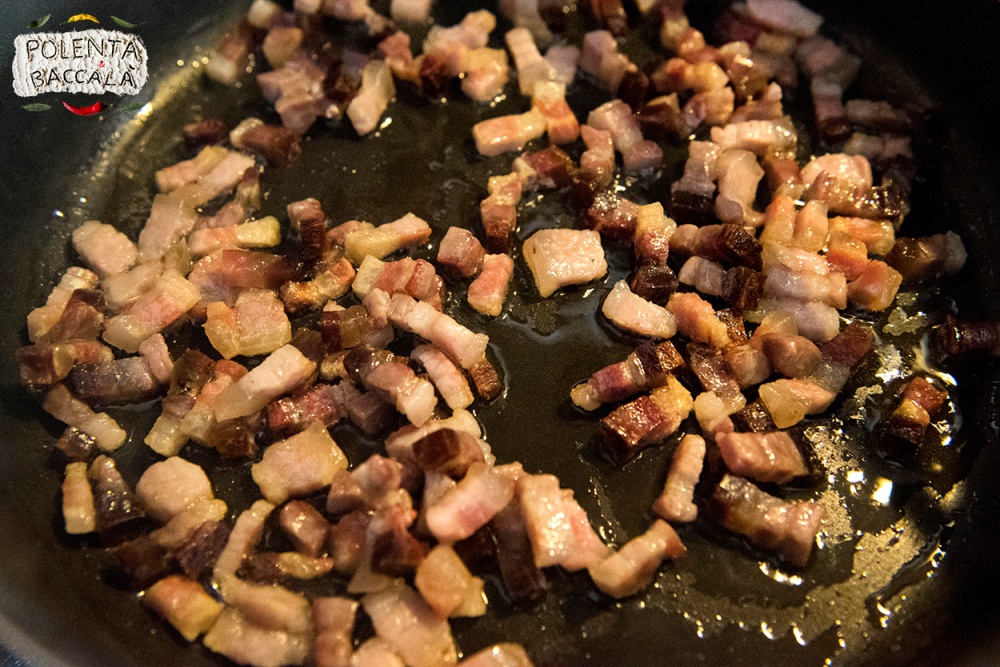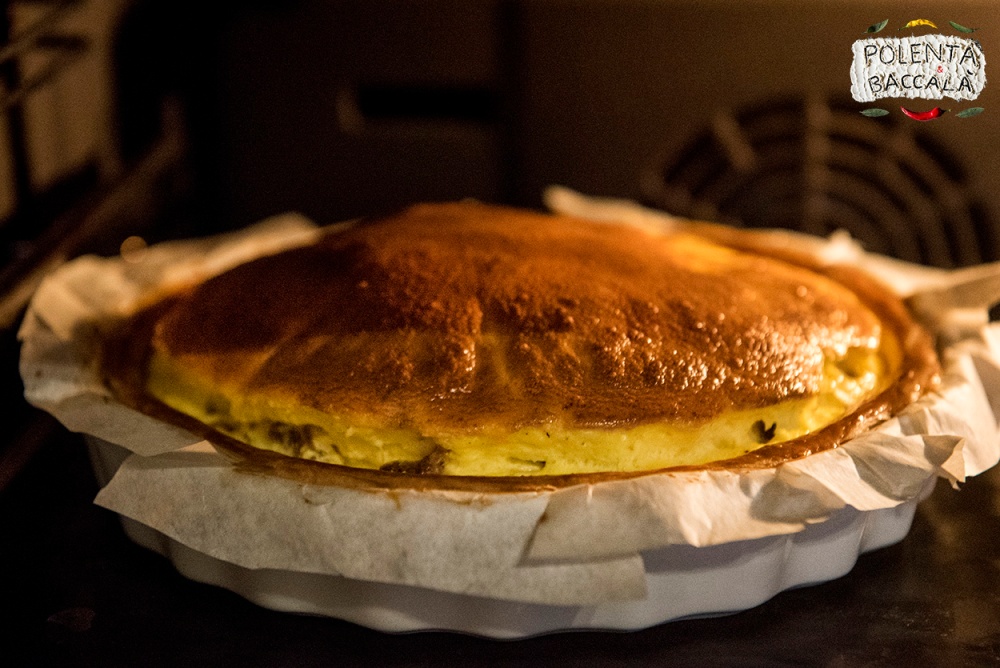
Today I’m writing a post about a famous recipe of the French cuisine, which I also really like 🙂
The Quiche Lorraine is probably the most famous of this kind of French salty cakes/tarts, or at least one of the most famous. I had the chance to eat it in France and also here in Budapest at a very good French bakery, but now I’m making it by my own too 🙂
As the name says it’s original of Lorraine region, in the northern part of France, bordering Germany, Luxembourg and Belgium.
It’s a very old recipe, made with few and simple ingredients: unlike what many not-French online websites suggest, let’s say soon that the traditional recipes have no cheese as Gruyère or Comté (although it’s also very good with it, especially the latter one), indeed in that case it’s no more the Quiche Lorraine but it’s the Quiche Vosgienne (from the Vosges mountains region, neighboring the Lorraine region). Instead when onions are added that’s the Quiche Alsacienne (from Alsace region).
This salty cake is composed of a friable base made of a pastry called pâte brisée and a filling made with eggs, crème fraîche, lardons or poitrine fumée (hard to find here, so I used an Italian pancetta affumicata, slightly smoked, but also bacon can be ok), salt, pepper and nutmeg. This filling in Lorraine region is called “migaine” (sometimes spelled also miguenne) in the local dialect, while in the rest of France it’s usually called “appareil” (but “goumeau” in the ex Franche-Comté region). And the word Quiche derives from the German “kuchen“, which means cake.
Its origins date back to the XVI century: the oldest source where the word Quiche appears seems to be a menu at the court of Charles III, Duke of Lorraine. But similar recipes have been cooked in that area since Middle Age time, but they were made without lardons/bacon and they used a simple “pâte à pain” (a simple bread dough) in the place of the modern pâte brisée.
The adjective Lorraine has been “officially” added only in the XX century, so we can say that the Quiche Lorraine is made with pâte brisée 🙂
And we have to consider that in Lorraine region, in many families, the pâte brisée is traditionally often made using also lard and not only butter, usually 50/50. But also just with butter is good.
About the “migaine“, I already said that there is no grated cheese and also no onions. So it’s very simple.
Detail: to obtain the best results faithful to the original recipes it’s important to use the crème fraîche and not other products often considered more or less similar. For example here in Hungary it’s easier to find Tejföl (a kind of sour cream) which usually contains only between 16% and 20% of fats (few have 25%), but the crème fraîche contains minimum 30% of fats and up to 40/45%, and it’s also less sour. So the characteristics are quite different, leading to a different result. Moreover the crème fraîche doesn’t curdle.
Let’s see how to make it!
INGREDIENTS (for a 24-26 cm shape):
For the pâte brisée:
- 250 g flour (an all purpose, in France they usually use the T55, in Italy the equivalent is the 0 type. But I also tried with a less refined one, “tipo 2” in Italy, and it was also good)
- 125 g of cold butter (I used 85 g butter and 40 g lard)
- about 60 ml of cold water (the quantity could slightly change depending on which flour you use)
- 3-4 g salt
For the “migaine” (filling):
- 300 g crème fraîche
- 3 eggs (some French recipes suggest even 4 or 5 eggs, and some recipes suggest whole eggs, some just yolks, some a mix of whole eggs and yolks…3 whole eggs work fine in my opinion, but you can play with it)
- 250 g of pancetta affumicata (originally lardons or poitrine fumée, if you find them, but also bacon is ok)
- salt
- freshly ground black pepper
- a pinch of grated nutmeg
- First of all we have to prepare the pâte brisée, which has to rest a couple of hours in the fridge. Sift the flour and put it in the bowl of a kneader, then add the cold butter cut in small cubes and also the lard (if you decided to use it), the salt and half of the water, and start the machine. Add the remaining water, and some more if needed. You shouldn’t work the dough for long time, it should be a quite fast process, when you have a homogeneous ball it’s ready. Wrap it in a plastic foil and put it in the fridge to rest for about 1 hour (or even 2).
- When you are getting closer to that time you can prepare the filling, start first with the lardons/pancetta/bacon: cut it into small cubes/slices and then cook them in a pan until a bit crunchy (but not too much). Then remove them from the melted fat and keep aside for later.

- Preheat the oven at 200 °C, then prepare the “migaine”, it’s very fast: take a bowl and add the crème fraîche, the eggs, some salt (just a little, the lardons/pancetta/bacon is already salty), the freshly ground black pepper and some grated nutmeg, and mix everything with a whisker until you obtain a smooth cream (actually I first mixed well just the eggs, then I added them to the cream).
- Now put some little flour on the working table and flatten the dough (do it as fast as possible, it shouldn’t get too much warmer), then place it in an oven pan of 24-26 cm size. I put a baking paper on the bottom, but you can spread some butter/lard if you prefer. Make also some holes on the surface, with a fork for example.
- First pour on the pastry the lardons/pancetta/bacon that you have previously cooked.

- Then cover everything with the “migaine”, until 3-4 mm from the edge. With a brush spread some yolk on the edge pastry.
- Bake at 200 °C, fan-assisted mode, for about 30 minutes, until you have a crust on the top. The filling will probably grow and puff up quite a lot while baking, but don’t worry, it’s normal.

- You can eat it warm, or you can let it cool down. In any case I prefer to wait at least 15-20 minutes before eating it.
- Serve it simply next to a fresh salad. Enjoy 🙂
PS: you can also choose to previously bake the empty pastry for 7-8 minutes, at 200°C fan-assisted mode, and fill it later: it can be also ok. This could better prevent to have the pastry not perfectly cooked in the middle. Try both ways and see what’s better for your oven 🙂

Love the historical background you’ve provided. Very interesting read and lovely recipe. 🙂
LikeLiked by 1 person
Thank you, I’m glad of it 🙂
LikeLiked by 1 person
Lovely post! This is my favourite quiche – its simplicity makes it perfect.
LikeLiked by 1 person
Thank you! 🙂
LikeLike
Great post! I love a good quiche. Any savoury pastry has my name all over it 😬
LikeLiked by 1 person
Thanks 🙂
LikeLiked by 1 person